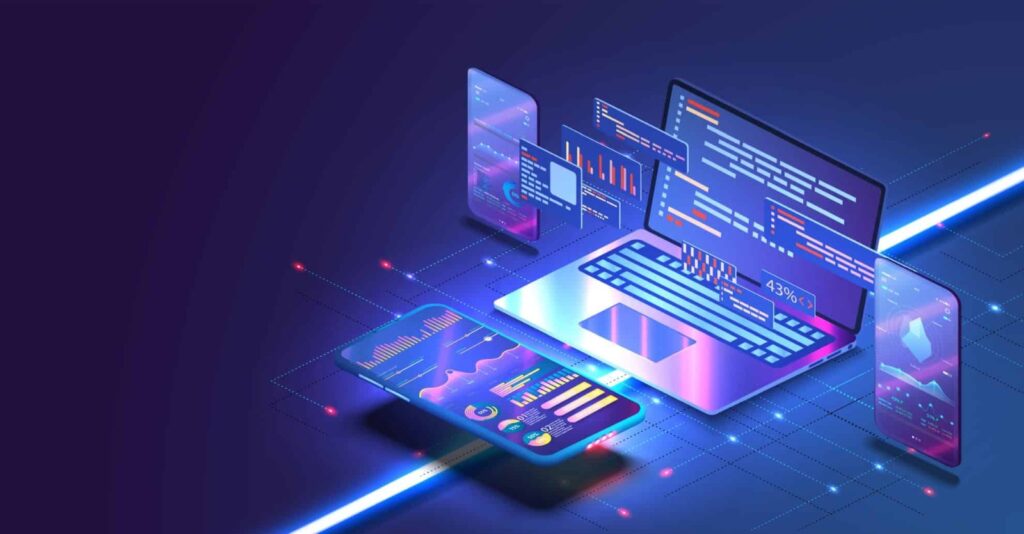Introduction
With the rapid pace of technological advancements, enterprises are under increasing pressure to modernize their legacy applications. The app modernization market is expected to reach $32 billion in the next three years, underscoring the importance of adopting a future-proof strategy. This article provides a comprehensive guide to developing a cost-efficient and agile legacy app modernization strategy for your business.
Security and compliance are paramount for enterprise applications, and specialized platforms address these needs with a range of protective measures. These platforms incorporate advanced security features such as encryption, access controls, and authentication protocols to safeguard sensitive data against breaches and unauthorized access.

Our Platform for Enterprise application development is designed to streamline the entire development lifecycle. Featuring robust tools for code management, automated testing, and continuous integration/continuous deployment (CI/CD), this platform helps teams accelerate the development process while maintaining high standards of quality. By offering pre-built templates and reusable components, developers can focus on building innovative features rather than reinventing the wheel, thereby improving productivity and reducing time-to-market.
Understanding App Modernization
Legacy application modernization for enterprises refers to the process of upgrading business applications using modern software development approaches, practices, programming languages, architectures, and servers. Key changes during modernization include shifting from monolithic to microservices-based architectures, moving from on-premises to cloud-native infrastructure, and adopting Agile/DevOps methodologies.
The Importance of Legacy App Modernization
Modernizing legacy applications offers several benefits, including:
- Operational Efficiency: Modern applications enhance workflow efficiency and reduce downtime.
- Cost Reduction: Lower maintenance costs and improved resource utilization result from modernization.
- Improved User Experience: Modern UIs and intuitive interfaces enhance customer satisfaction and engagement.
- Scalability and Flexibility: Cloud-native applications can easily scale to accommodate business growth.
- Competitive Advantage: Staying up-to-date with the latest technologies keeps businesses competitive.
Approaches to App Modernization
When Legacy application modernization for enterprises, consider the following approaches:
- Rehosting: Also known as “lift and shift,” this approach involves moving an existing application to the cloud without code changes. It’s simple and cost-effective but may not address performance and scalability issues inherent in the legacy system.
- Refactoring: This involves making necessary code changes to optimize the application for the cloud. It improves performance and efficiency but may require ongoing adjustments as technology evolves.
- Rearchitecting: This approach involves breaking down monolithic applications into smaller, decoupled microservices. It leverages both legacy assets and cloud capabilities but can be expensive and complex.
- Rebuilding: Creating a new application from scratch using the business context and logic of the legacy app ensures a modern tech stack. While this approach is resource-intensive, it provides a sustainable and future-oriented solution.
By streamlining the development process and reducing the need for specialized coding skills, companies can lower their development costs and allocate resources more effectively. Additionally, the reduced time to market allows businesses to capitalize on new opportunities faster, ultimately contributing to a better return on investment. As a result, Low-code Platform for application development are becoming an increasingly popular choice for businesses looking to innovate and stay ahead in a competitive landscape.
Conclusion
A thorough assessment of Legacy application modernization for the enterprise landscape is essential to make informed decisions. Plotting applications on a matrix based on effort/cost and potential value can help prioritize modernization efforts. By carefully considering these factors, enterprises can develop a robust strategy for legacy application modernization, ensuring they remain competitive and agile in the rapidly evolving digital landscape.
